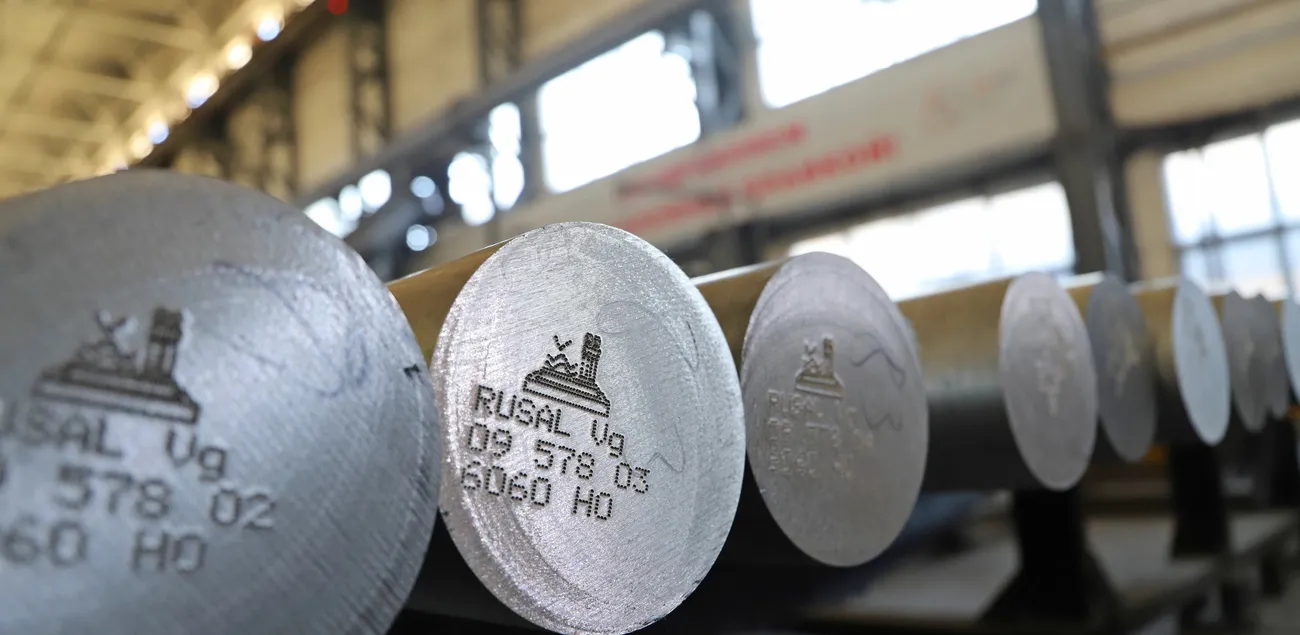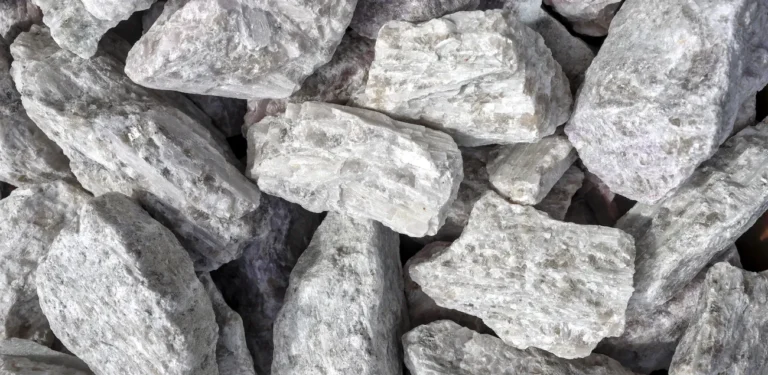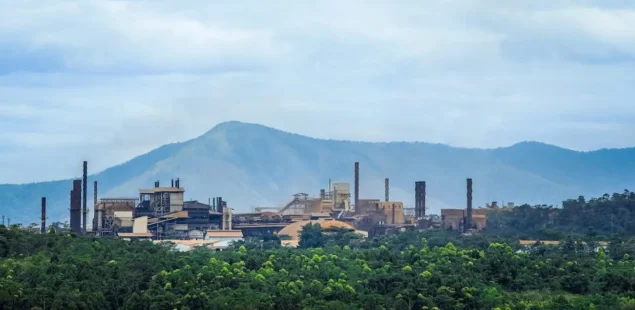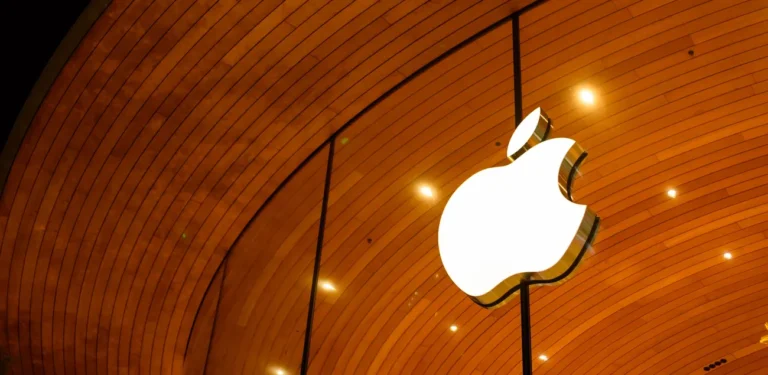
Rusal, primary aluminium producer, and En+, controlling shareholder, reported a 1.7% year-on-year drop in aluminium production to 1.924 million tonnes in January–June 2025 even as sales volumes rose 21.6% to 2.3 million tonnes, with alumina output up 13.5% to 3.4 million tonnes and bauxite up 21.8% to 9.668 million tonnes. The Russian group deepened its sales tilt to Asia—53% of revenue, or $3.98 billion—while Europe’s share slipped to 16% ($1.25 billion), the US remained 1% ($44 million) and the CIS was 29% ($2.18 billion).
Supply Chain Realignment: Securing Alumina and Marketing Bauxite
After losing access in 2022 to alumina from the Mykolaiv (Ukraine) refinery and to Australian supply, Rusal has pursued upstream hedges to blunt exposure to exchange-priced purchases. It bought 30% of China’s Hebei Wenfeng New Materials (HWNM) for about $316 million, giving entitlement to roughly 1.4 million tonnes per year, and on Aug. 15 said it completed the first step of a staged acquisition of India’s Pioneer Aluminium Industries—26% for $243.75 million—on the way to 50% of a 1.5 Mt/y alumina plant in Andhra Pradesh. Rusal intends to supply bauxite and receive alumina pro-rata to its stake. In parallel, the company lifted bauxite output at Guinea’s Kindia and Dian-Dian and began selling part of that ore to third parties.
Volumes and Sales Mix
The first-half sales increase reflects a drawdown of inventories and stronger offtake in Asia, offsetting softer European purchases. The geographic shift mirrors Western buyers’ reluctance to sign new Russian metal contracts despite the absence of direct sanctions on Rusal metal. The pivot is visible in the revenue mix—Asia at 53% and Europe at 16%—and in the company’s logistics, with a larger share of tonnes moving to Asia-Pacific smelter customers and traders.
Costs, Prices and Margin Pressure
Even with higher volumes, margins remain tight as alumina and freight costs outpace gains in aluminium pricing. Rusal swung to a first-half net loss of $87 million on a 32% rise in revenue to $7.52 billion, citing a roughly 40% jump in cost of sales and higher finance and FX expenses. Management has been trimming primary capacity—an earlier plan targeted a 250,000-tonne reduction—to protect spreads until alumina procurement normalises under the HWNM and Pioneer arrangements. On the market side, LME three-month aluminium was around $2,608–$2,620/t this week.
Why the India and China Stakes Matter
The HWNM stake supported a 2024 step-up in alumina production and lowers dependence on spot purchases; the Pioneer transaction, once at 50%, would diversify supply and add bargaining power in contract negotiations. Rusal estimates alumina procurement costs rose 18% year-on-year to $2.7 billion in H1 2025; integrating equity tonnes is intended to cap that exposure. The staged Pioneer deal also provides optionality to balance shipments between own smelters and third-party sales as regional premia move.
Company Background and Market Context
Rusal is the largest primary aluminium producer outside China and Russia’s sole primary producer. En+ holds 56.88% and Sual Partners 25.52%, with a free float of about 17.6%. The group’s alumina strategy accelerated after 2022 supply losses; in 2024–25 it added Chinese (HWNM) and Indian (Pioneer) equity to stabilise feedstock and complement bauxite expansions in Guinea. Aluminium prices have hovered near $2,600/t in mid-August amid mixed macro signals and tariff volatility, keeping the focus on input costs and regional premia.
Aluminium is essential for transport, construction and packaging. Supply risks centre on power availability for smelting and alumina cost inflation; on the demand side, auto and grid investment underpin consumption, while trade policies continue to reroute flows. With exchange prices near $2,600/t and alumina around $370/t FOB Australia equivalents, producers with captive or equity alumina are better positioned to defend margins.



